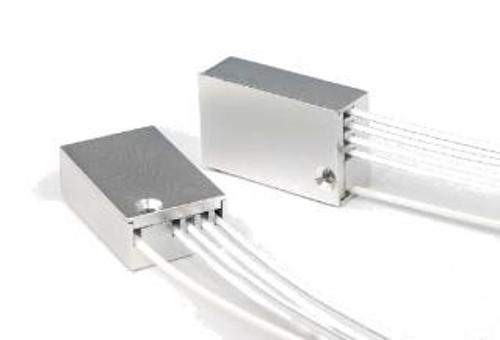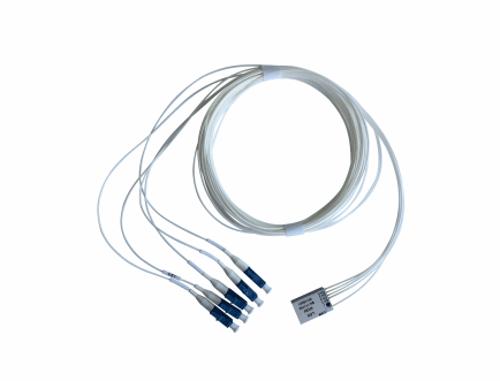The price of LCD panels has dropped for 6 consecutive months. This not only has a great impact on the profitability of panel makers, but also the domestic machine companies will face huge inventory pressure.
DisplaySearch data showed that the prices of LCD panels of various sizes continued to decline in October, with the highest drop being LED backlight LCD panel, with a drop of 6%, which was higher than the 4% in September. In addition, the drop in the average LCD TV panel is between 1% and 4%. Since the beginning of the decline in May of this year, the prices of LCD panels have been diving for six consecutive months.
The continuous decline in the price of LCD panels has already exerted increasing pressure on panel makers. Recently, panel maker Taiwan AUO issued an early warning of third-quarter earnings decline. The decline in panel prices adversely affected gross profit, and it is expected that the third quarter of this year The operating results will be significantly lower than in the second quarter.
For the mainstream domestic machine companies, the current inventory of the panel is a lot, for the time being there will be no intention of purchasing panels.
LAN WDM - LAN Wavelength Division Multiplex
LWDM is a wavelength division multiplexing Lan-WDM technology based on Ethernet channels. Its channel interval is 200~800GHz, this range is between DWDM (100GHz, 50GHz) and CWDM (about 3THz). LWDM uses 12 wavelengths in the O-band (1260nm~1360nm) range from 1269nm to 1332nm, with a wavelength interval of 4nm (1269.23, 1273.54, 1277.89, 1282.26, 1286.66, 1291.1, 1295.56, 1300.05, 1304.58, 1309.14, 1313.73 , 1318.35nm).

The characteristic of LWDM working wavelength is that it is located near zero dispersion, with small dispersion and good stability. At the same time, LWDM can support 12-wave 25G, the capacity is increased, and the optical fiber can be further saved.

Channel 1: Wavelength 1313.73nm, reuse the DML-1310 wavelength in 100G CWDM applications. Starting from this wavelength, the channel spacing of the wavelengths is about 4.5nm;
Channel 2: Wavelength 1309.14nm, which reuses the DML wavelength in 100G LanWDM applications;
Channel 3: Wavelength 1304.58nm, reuse the DML wavelength in 100G LanWDM application;
Channel 4: Wavelength 1300.05nm, reuse the DML wavelength in 100G LanWDM applications;
Channel 5: Wavelength 1295.56nm, which reuses the DML wavelength in 100G LanWDM applications;
Channel 6: Wavelength 1291.10nm, reuse the DML-1290 wavelength in 100G CWDM applications;
Channel 7: wavelength 1286.66nm, reuse the EML wavelength in 400G LanWDM applications;
Channel 8: wavelength 1282.26nm, reuse the EML wavelength in 400G LanWDM applications;
Channel 9: The wavelength is 1277.89nm, which reuses the EML wavelength in 400G LanWDM applications;
Channel 10: wavelength 1273.54nm, reuse the EML wavelength in 400G LanWDM applications;
Channel 11: The wavelength is 1269.23nm, which reuses the DML-1270 wavelength in 100G CWDM applications.
LAN WDM Splitter, LAN WDM
Shenzhen GL-COM Technology CO.,LTD. , https://www.szglcom.com
